Electric vehicles fact check
Electric vehicles (EVs) are quickly becoming a significant part of our transition to sustainable transport. Learn the facts about EVs and use them to help reduce the spread of misinformation.
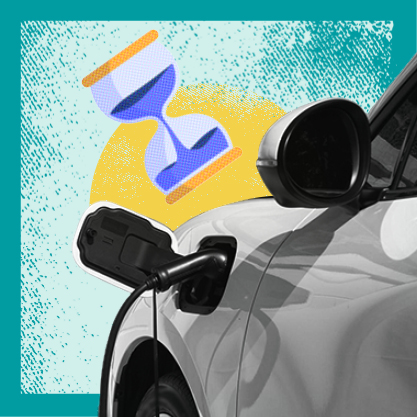
Charge time
Fact: EV charging time varies depending on vehicle battery size and the power of the charging station
Using a standard 10A household outlet (2.3kW), EVs can be charged enough for daily travel (33km) in under 3 hours.
A dedicated home charging unit is faster and safer than a regular power point.
With a range of 25kW to 350kW, dedicated public charging stations are the fastest.
A 350kW charger can recharge some EVs to a significant level in about 30 minutes, though it depends on vehicle capability.
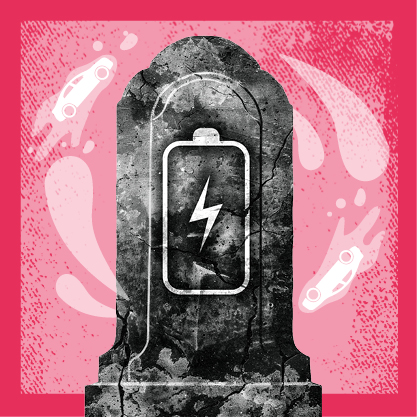
Battery lifespan
Fact: Modern EVs have advanced battery management systems that protect the battery so it lasts
EVs have a rechargeable battery connected to an electric motor that drives the wheels.
Most new EVs come with an 8-year battery warranty, which guarantees they will retain at least 70% of their original capacity. One study found that modern EV battery lifespan should be around 20 years.
EV batteries are made up of hundreds or thousands of smaller batteries which can be replaced individually.
At the end of their life on the road, EV batteries can be used to store energy in fixed locations (e.g. homes and businesses). After that, they get recycled and their metals can be reused to make new batteries.
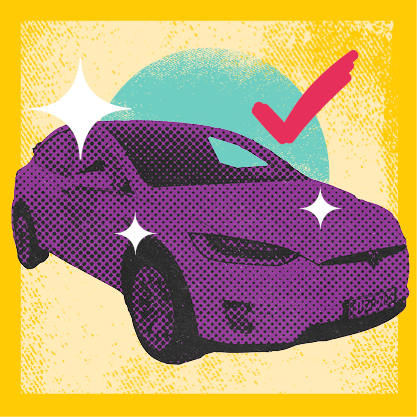
Fire likelihood
Fact: EVs are far less likely to catch fire than petrol vehicles
Worldwide studies show EVs have a far lower risk of catching fire than internal combustion vehicles.
The International Energy Agency reports there are now 40 million EVs on the road worldwide.
From 2010 to June 2024, EV FireSafe recorded 511 verified passenger EV battery fires across the world. It says 6 EVs caught fire in Australia between 2010 and September 2023.
In comparison, there were 2,803 internal combustion vehicle fires in NSW alone in the 2022–23 financial year according to Fire and Rescue NSW incident data.
In Sweden, there were 23 reported fires in 2022 out of 611,000 electric vehicles (0.004%). Over the same period, 3,400 fires were reported from the nation’s 4.4 million petrol and diesel cars (0.077%). Either type of fire could have been caused by a range of incidents, including building fires, arson and crashes.
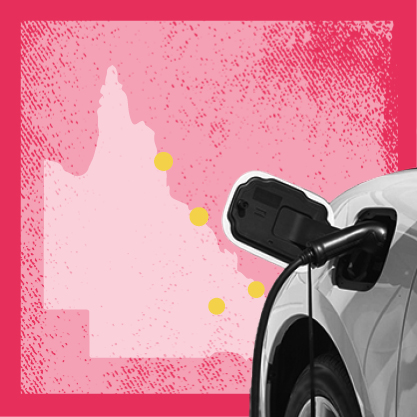
Driving range
Fact: Similar to petrol-cars, travel distance between charges depends on the size of the car, the capacity of the battery and the driving pattern
EV technology is evolving quickly, improving charging time and driving range.
Cheaper EVs with smaller batteries may have a range of 250km, while EVs with larger batteries may travel more than 600km per charge.
Australians typically drive about 33km daily—even EVs with the smallest batteries are well-suited for daily transport needs.
Driving range can be extended when driving downhill or slowing down as EVs recoup energy and store it in the battery when this occurs. This is called regenerative braking.
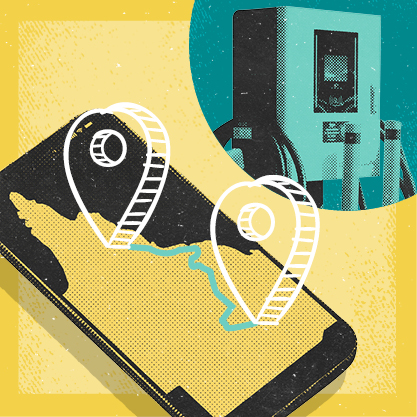
Charge locations
Fact: EVs can be charged wherever there is electricity—from regular power points, dedicated home charging units or public charging stations
Most owners charge their EVs at home and mainly use public charging stations for longer journeys.
The number of charging stations in Queensland is increasing. Queensland’s Electric Super Highway—the longest in a single state—will have 54 fast-charging sites by mid-2025. Additionally, the Queensland EV Charging Infrastructure Co-Fund Scheme plans to deliver fast charging electric vehicle infrastructure at 46 locations across Queensland by the end of 2025.
The Queensland Government is also investing $30 million to install up to 500 EV chargers in government buildings where the community can access them, for example, at hospitals, training centres, museums and convention centres.
There is also an increasing number of local options, including kerbside, destination and shopping centre charging stations.
The evolving charging infrastructure will support long-distance travel, enhance convenience and make the transition to electric vehicles smoother and more accessible for everyone.

Costs and incentives
Fact: Initial costs for electric vehicles (EVs) are higher than for traditional cars, but several factors are driving prices down
EVs already prove to be:
- cheaper to operate (around 80% less per kilometre)
- easier to maintain
- needing fewer repairs
- lasting longer than traditional vehicles.
There are a variety of EVs available in Australia ranging in price. Incentives like novated leases and tax discounts make EVs more affordable.
Electric cars are currently exempt from fringe benefit tax, making a $55,000 EV as affordable as a $30,000 petrol car.
Queenslanders typically spend around $1,900 per year on fuel. A zero-emission electric vehicle travelling the same distance would cost around $454.
The charging cost varies depending on the required speed of charging and charging location. The cheapest way to charge is via your rooftop solar system or at off-peak times.
EVs consume about 15–20kWh per 100km on average. In early 2024, the cost of charging an EV at a Queensland charging site was:
- $0.30 per kilowatt-hour (kWh) for 22kW alternating current (AC) charging
- $0.55/kWh for 50/75kW direct current (DC) fast-charging stations.

Environmental impact
Fact: EVs have a far smaller environmental impact than petrol cars
The total emissions from an electric vehicle over its lifetime is far lower than those from internal combustion engine vehicles (e.g. petrol or diesel). This figure includes emissions from the initial battery manufacture and the car using electricity from a coal-powered grid.
Electric cars were found to be 3 times cleaner than petrol cars in the European Union.
An EV pays off its ‘carbon debt’ of manufacturing emissions after about 18,000km of travel or within 2 years, according to other European data.
As electricity grids transition to more renewable sources, EVs will also become greener. The greenest and cheapest way to power your EV is using rooftop solar panels.
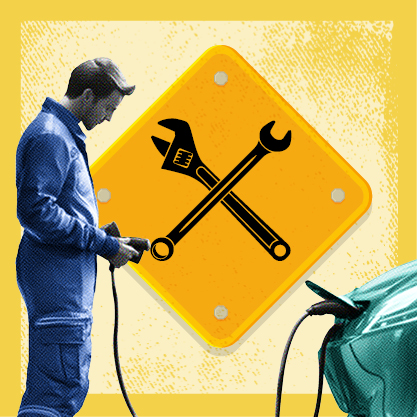
Maintenance ease
Fact: EVs last longer and require less maintenance and repair than conventional vehicles
EVs have electric motors, don’t require liquid fuels and don’t produce tailpipe emissions. They have fewer elements that can break down, such as:
- sparkplugs
- engine oil
- exhaust system
- gearbox.
Some maintenance items are the same as a petrol car—like brakes and tyres.
The EV drivetrain, which transfers power to the wheels, consists of a big battery and an electric motor. These need to be inspected occasionally but require little servicing.
Read more
- Last updated
- 16 April 2025